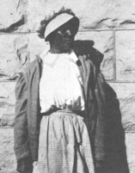
Dorothea Lynde Dix was an American advocate on behalf of the indigent mentally ill who, through a vigorous and sustained program of lobbying state legislatures and the United States Congress, created the first generation of American mental asylums. During the Civil War, she served as a Superintendent of Army Nurses.

Mary Ann Bickerdyke, also known as Mother Bickerdyke, was a hospital administrator for Union soldiers during the American Civil War and a lifelong advocate for veterans. She was responsible for establishing 300 field hospitals during the war and served as a lawyer assisting veterans and their families with obtaining pensions after the war.
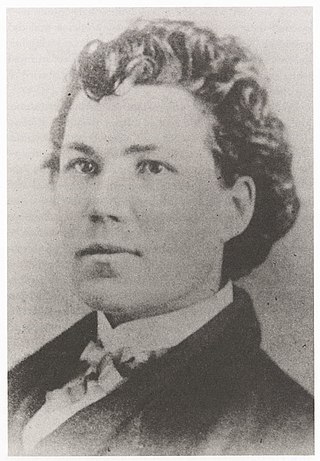
Sarah Emma Edmonds was a British North America-born woman who claimed to have served as a man with the Union Army as a nurse and spy during the American Civil War. Although recognized for her service by the United States government, some historians dispute the validity of her claims as some of the details are demonstrably false, contradictory, or uncorroborated.

Women have been serving in the military since the inception of organized warfare, in both combat and non-combat roles. Their inclusion in combat missions has increased in recent decades, often serving as pilots, mechanics, and infantry officers.
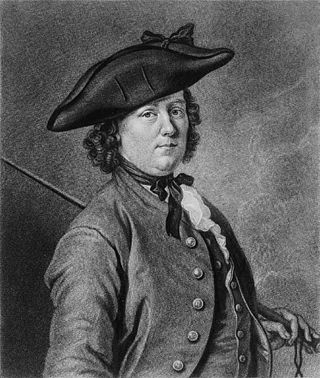
Many people have engaged in cross-dressing during wartime under various circumstances and for various motives. This has been especially true of women, whether while serving as a soldier in otherwise all-male armies, while protecting themselves or disguising their identity in dangerous circumstances, or for other purposes.
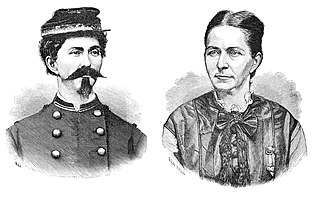
Loreta Janeta Velázquez was an American woman who wrote that she had masqueraded as a male Confederate soldier during the American Civil War. The book she wrote about her experiences says that after her soldier husband's accidental death, she enlisted in the Confederate States Army in 1861. She then fought at Bull Run, Ball's Bluff, and Fort Donelson, but was discharged when her sex was discovered while in New Orleans. Undeterred, she reenlisted and fought at Shiloh, until unmasked once more. She then became a Confederate spy, working in both male and female guises, and as a double agent also reporting to the U.S. Secret Service. She remarried three more times, being widowed in each instance. According to William C. Davis, she died in January 1923 under the name Loretta J. Beard after many years away from the public eye in a public psychiatric facility, St. Elizabeths Hospital. Most of her claims are not supportable with actual documents, and many are contradictable by actual documentation.
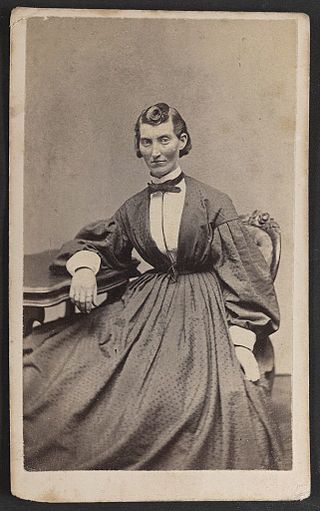
Frances Louisa Clayton, also recorded as Frances Clalin, was an American woman who purportedly disguised herself as a man to fight for the Union Army in the American Civil War, though many historians now believe her story was likely fabricated. Under the alias Jack Williams, she claimed to have enlisted in a Missouri regiment along with her husband, and fought in several battles. She claimed that she left the army soon after her husband died at Stones River.
Elizabeth Compton was a woman soldier fighting for the Union in the American Civil War. She enlisted at the age of 14, and served in seven different regiments until the conclusion of the war, thus holding the record for reenlisting in the most regiments. Compton fought at Mill Springs, Fort Donelson, Shiloh, and Gettysburg until the conclusion of the Civil War before moving to Ontario, Canada.

Lorinda Anna Blair Etheridge was a Union nurse and vivandière who served during the American Civil War. She was one of only two women to receive the Kearny Cross. She was inducted into the Michigan Women's Hall of Fame in 2010.
During the American Civil War, sexual behavior, gender roles, and attitudes were affected by the conflict, especially by the absence of menfolk at home and the emergence of new roles for women such as nursing. The advent of photography and easier media distribution, for example, allowed for greater access to sexual material for the common soldier.
Mary and MollyBell were two young women from Pulaski County, Virginia who disguised themselves as men and fought in the American Civil War for the Confederacy. The pair successfully managed to keep their gender hidden from their fellow soldiers and the military for two years while fighting in several major battles, until they were discovered and incarcerated. Soon thereafter, the women were released from prison and forced to return home.
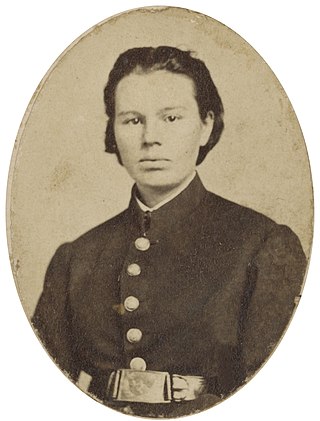
Frances Hook claimed that she, disguised as a man, enlisted as a soldier in the Union Army during the U.S. Civil War. She stated her aliases were Pvt. Frank Miller, Frank Henderson, Frank Martin and Frank Fuller. However, the enlistment records for the units in which she claimed to have served show no evidence of those aliases, nor any record to corroborate her story.
Charlotte Hatfield, also known as Charley Hatfield or "Mountain Charley", was a female soldier for the Union Army during the American Civil War.
Fanny (Fannie) Wilson, disguised as a man, enlisted as a soldier in the Union Army during the U.S. Civil War with her close friend Nellie Graves. At the time, women were not allowed to serve in the Union Army so Wilson and Graves had to masquerade as men.
Nellie Graves was a female soldier who served, in secret, in the Union Army during the American Civil War alongside her close friend Fanny Wilson. Both saw action at the battles of Fredericksburg and Chancellorsville. Their genders were shortly discovered while they were being treated for an illness. Both were discharged and went their separate ways for the rest of the war. Wilson chose to reenlist in disguise again. There is some speculation as to whether Graves did the same, but if she had reenlisted, she was not discovered for a second time.
This is a timeline of women in warfare in the United States up until the end of World War II. It encompasses the colonial era and indigenous peoples, as well as the entire geographical modern United States, even though some of the areas mentioned were not incorporated into the United States during the time periods that they were mentioned.
Sophronia Smith Hunt was an American woman who disguised herself as a man and secretly served as a soldier in the Union Army during the American Civil War. Her first soldier husband died after he was wounded at the Battle of Jenkins' Ferry. They served in the 29th Iowa Infantry Regiment.
This is a list of works on the subject of wartime cross-dressing.


